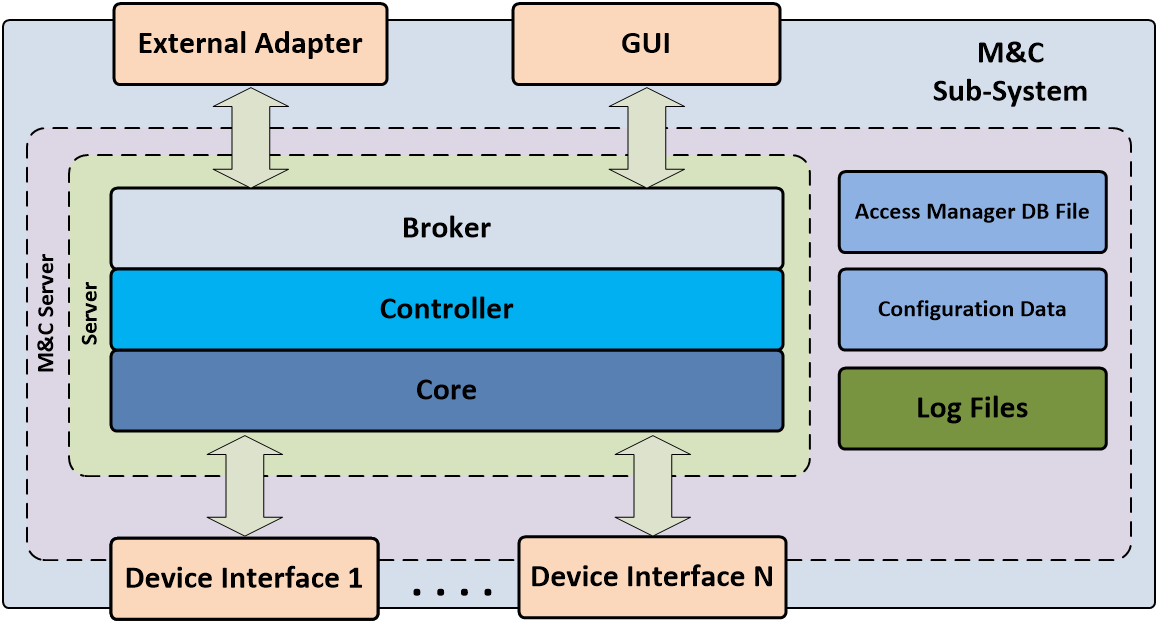
-
StatusOngoing
-
Status date2020-01-13
-
Activity Code3C.017
In the past three years, the wireless world put a yet unforeseen coordinated effort in the definition of what is worldwide known as 5G. The principal arena where this effort has been worldwide coordinated is the 3rd Generation Partnership Project (3GPP) that has recently standardized its release 15 containing the first phase of 5G, dubbed as New Radio (NR) by 3GPP. The first phase addressed mainly the so called eMBB (enhanced Mobile Broadband) scenario through its standalone and non-standalone modes. The 3GPP activity is nonetheless progressing at full speed towards the definition of the second phase of 5G that will be contained in release 16 and 17, respectively foreseen by the end of 2019 and the end of 2020.
For the first time since the development of the terrestrial cellular systems, the Satcom community aims at identifying scenarios and technology adaptations allowing the inclusion of a Non-Terrestrial Network (NTN) component into the 5G ecosystem.
This study contributes to the standardization of the NTN component in release 17.
This study contributes in:
- assessing the impact of the non-terrestrial environment on the technologies already developed for the terrestrial component;
- spin-in terrestrial technologies in order to make them operate in the non-terrestrial component
- developing a suitable platform for the spin-in assessment and for future standardization.
This study focuses on the adaptation of terrestrial technologies developed and studied within 3GPP for 5G systems to satellite scenarios and their implementation on HW and SW platforms.
The verification platform emulates the expected satellite scenarios, allowing the operator configuring the typical parameters of the chosen satellite channel and evaluate the performances by analysing the data received at MAC (Medium Access Control Layer) level.
Thanks to the adaptation and reuse of the 3GPP (Release 13 and beyond) terrestrial radio access technologies in satellite systems, a significant simplification in the implementation of the emerging satellite networks and the integration of satellite and terrestrial networks can be obtained. This activity strongly increases the trust in the newly developed 5G technologies and fosters their rapid adoption, by contributing also to standardization fora.
The project results include:
- thorough investigation of the constraints that satellite links impose on the PHY and MAC layers. Potential areas of impact are identified in order to select a set of 3GPP technologies to focus on for further testing and for adaptation on the identified satellite scenarios and corresponding channel models.
- PHY/MAC Verification Methodology Definition and Verification Platform, with clear specification of the protocols used, the functionality provided and of the HW/SW selection implementation strategy
- The platform is able to interface with external units in order to potentially validate end-to-end performance. A documented reference PHY performance of the selected 3GPP technologies under ideal conditions (i.e. AWGN - Additive White Gaussian Noise) is implemented
- Test campaign on the platform in order to assess the compliance with the requirements and for the optimization of the features under test. A documented specification of the proposed air-interface is also foreseen.
The document findings and test results are reported to standardization fora in agreement with ESA and drive the design choices and trade-offs of the PHY/MAC techniques implementation

We can recognize four applications:
- Monitor and Control Server, which implements all local functionalities
- GUI, which interacts with the MC Server and provides a user interface application to the operators.
- An External Adapter, which is able to interface with external units in order to potentially validate end-to-end performance
- A Device Interface, able to adapt to the various sub-systems interfaces with the M&C Server.
The M&C Server is composed of:
- Configuration Data: the configuration data set will be included in a SQLite database or in files with the configuration of the different scenarios envisaged.
- Log Files: they contain information related to the M&C operations. These log data will be recorded in a file.
- Access Manager DB: it is an authorized users’ database in which the operations permitted to the individual user are also defined.
Server: it is the executable running on the PC hosting the M&C. It implements the functionalities provided by a three layered server, including: 1) Core, which implements all the functionalities provided by the M&C Server; 2) Broker, which is the SW layer exposing the control interface of the M&C; 3) Controller, which is a SW layer decoupling the core implementation from the broker.
The main planning of the general tasks is reported below:

With the following relevant milestones:
- MS1: System Design Review [“SDR”] and acceptance of all related deliverables. Foreseen by mid-October 2019
- MS2: Critical Design Review [“CDR”] and acceptance of all related deliverables. Foreseen by mid-May 2020
- MS3: Test Readiness Review [“TRR”] and acceptance of all related deliverables. Foreseen by mid-September 2020
- MS4: Final Review [“FR”] and Contract Closure Documentation. Foreseen by January 2021
The activities have just started on May 30th 2019.




